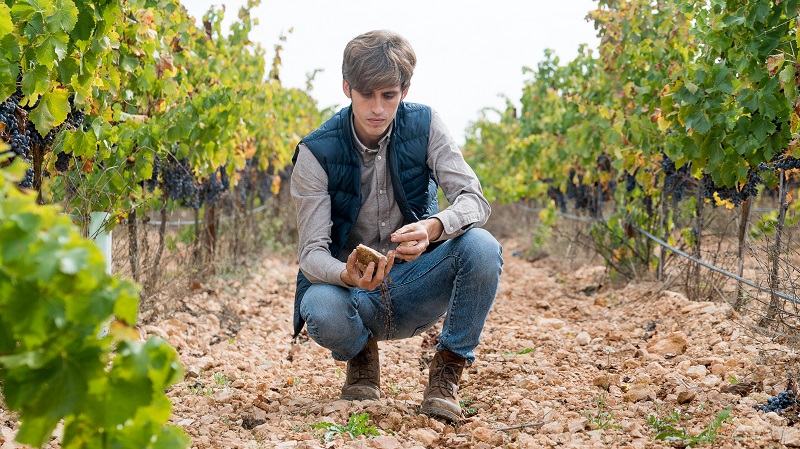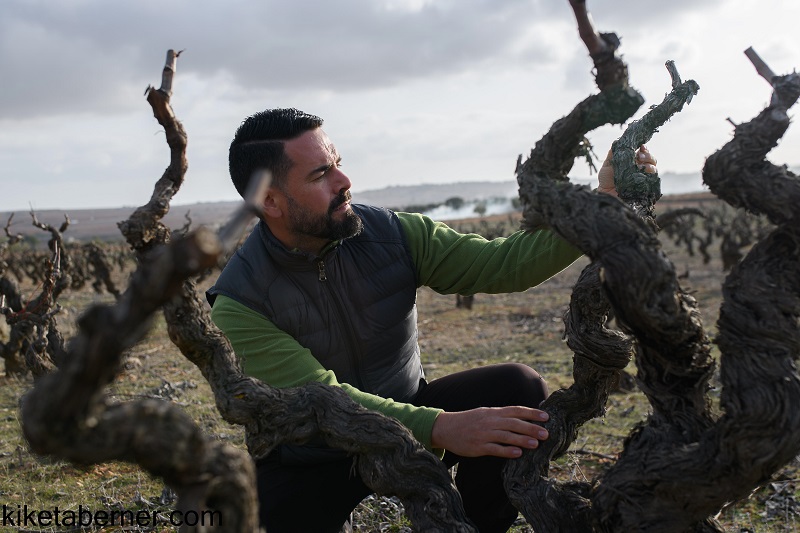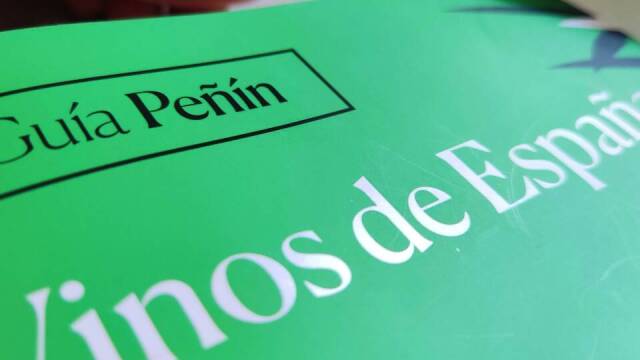It took a young man from Manchuela, experienced in Bobal, to complete the two important milestones achieved by Vera de Estenas and Mustiguillo. We are talking about Juan Antonio Ponce, from Bodegas y Viñedos Ponce, who went beyond any previous conception and decided to go for the wines that motivated him: fresh, fluid and very fruity. As in art, from time to time new schools of thought come along that break with the established. This is how Ponce arrived, but by chance, as this step would not have been possible without the concatenation of previous events. The consumption of world wines by young winemakers was opening new doors. The era of Burgundianisation was dawning, first among the most specialised consumers and, over the years, among the general public. The fight against alcohol in food indirectly exerted pressure for less generous wines, creating the perfect climate for change. Ponce represents just the opposite of what has been seen to date. He is making wines with lower alcoholic content, with medium yields, instead of the very low yields of 2 kg/ plant of those who have been making high quality bobal wines for aging.
For Ponce, the fact that this grape has not spread to other areas has meant that it is still in its purest state today, as it has not been genetically processed by nurseries. For this reason, in his opinion, it has a certain authenticity and purity that reminds him of the taste of the grapes when he was a child.
In Ponce's opinion, the 1990s marked the evolution of the area and of the country, bringing very positive things to Spanish wine as a whole. The arrival of the new oenology, represented through the winemaking parameters followed in Bordeaux (maturity controls, extraction, colour, acidity, etc.) was felt in the bottlings through wines with high maturities, with 14º or more. The aim was to produce like in Bordeaux, even if the climate, varieties and soils were not the same. However, many of these indicators and ways of winemaking are not perfectly adapted to the specific case of bobal, because for Ponce they lead to much coarser wines. "Taking bobal to 14º or 14.5º could take you away from what it really is, giving you darker wines, with drying and woody tannins. For me that is not the bobal I remember from my family".
Whatever decisions are made, there are, as you can see, many valid interpretations. Ponce himself acknowledges that there are many ways of working and intermediate points around the bobal, "we ourselves experience it in wines like Clos Lojen, a much more fluid wine than the P.F. or Pino, which are more powerful and flavoursome".
The five bobales with the highest scores in the Peñín Guide
New generations, following the paths already marked out

 Log in
Log in

 Félix Martínez-Roda (Vera de Estenas)
Félix Martínez-Roda (Vera de Estenas) Toni Sarrión (Bodega Mustiguillo)
Toni Sarrión (Bodega Mustiguillo) Juan Antonio Ponce (Bodegas y Viñedos Ponce)
Juan Antonio Ponce (Bodegas y Viñedos Ponce) Julián López Peidro, de Chozas Carrascal
Julián López Peidro, de Chozas Carrascal Bruno Murciano
Bruno Murciano




